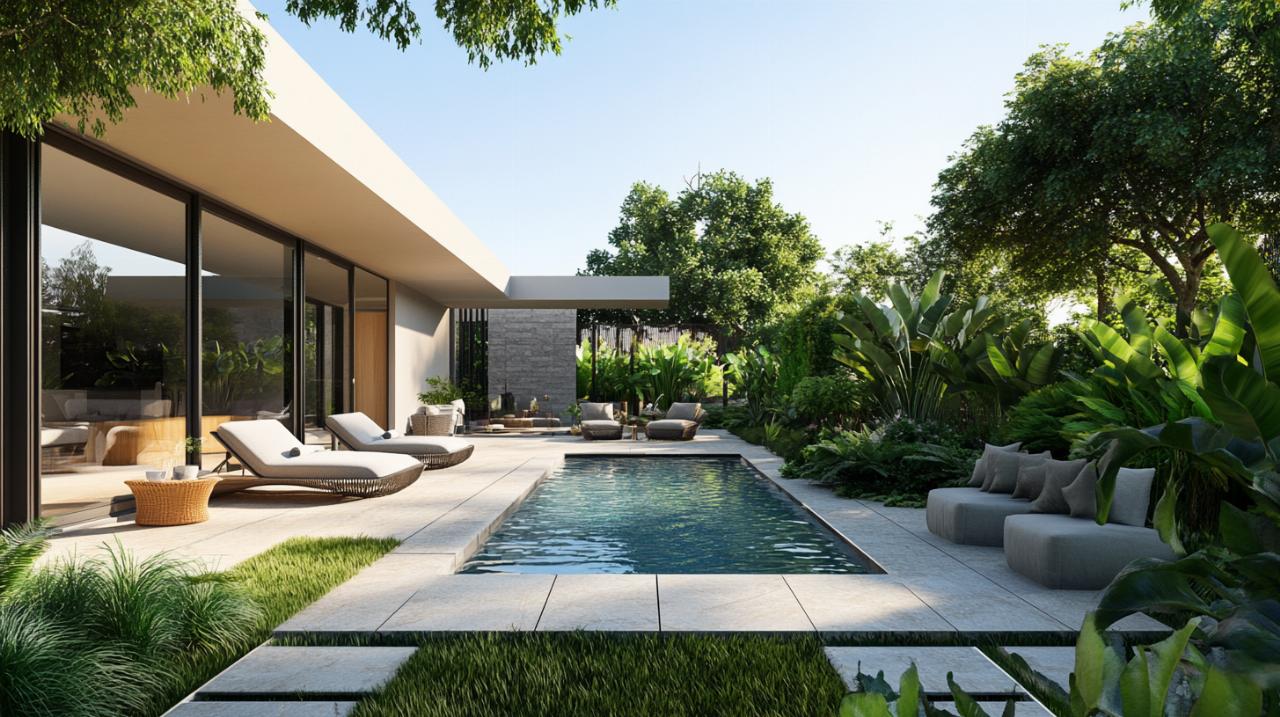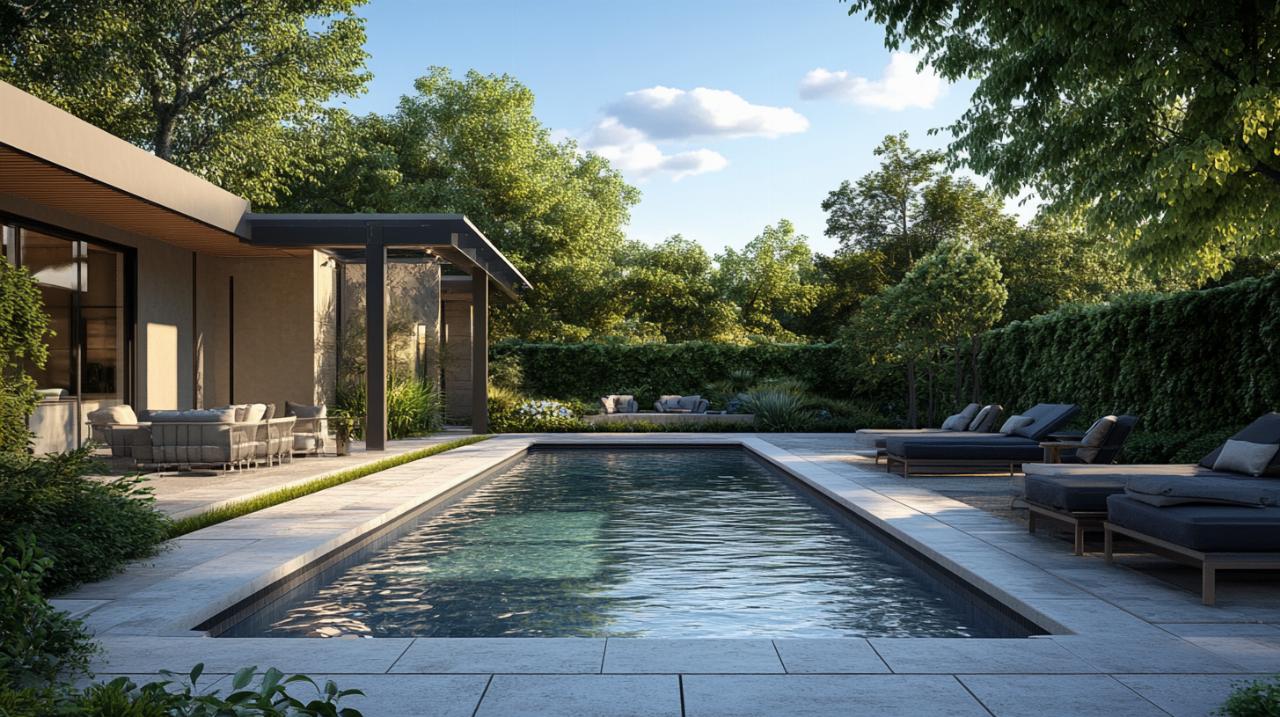Transforming your garden into a delightful retreat has never been easier, and selecting the right self-supporting pool can truly elevate the charm and functionality of your outdoor space. Whether you fancy a refreshing dip after a long day or a family gathering filled with laughter and splashes, a free-standing pool offers flexibility, affordability, and minimal fuss. The key is to find a model that suits your aesthetic preferences, budget, and practical needs, all while ensuring it requires little structural support and offers straightforward installation.
Understanding self-supporting pool options for your garden
When it comes to free-standing pools, the variety available can be quite impressive. From inflatable designs to robust steel-frame structures, each type offers distinct advantages depending on your requirements. The beauty of these pools lies in their independence, meaning they do not demand extensive groundwork or permanent fixtures. This makes them ideal for renters, those with limited outdoor space, or anyone looking to avoid the hefty costs associated with inground installations. Many families have discovered that a well-chosen above-ground pool can provide years of enjoyment without the commitment of a permanent structure.
Types of Free-Standing Pools Available on the Market
The market offers several styles, each catering to different needs and preferences. Inflatable pools, such as the popular Intex Easy Set Up models, are wonderfully simple to assemble and disassemble, making them perfect for seasonal use. These pools typically feature an inflatable ring that, once filled with air, allows the pool walls to rise as you add water. They are lightweight, affordable, and ideal for families with young children or those who prefer a temporary solution. On the other hand, steel-frame pools, including options from Bestway, provide greater durability and can withstand more vigorous use. These structures use a metal framework to support the pool walls, offering enhanced stability and longevity. Some of these models can last up to fifteen years with proper care, making them a sound investment for families seeking a long-term backyard feature. Rectangular designs are particularly favoured by those who enjoy swimming laps or want a more modern aesthetic, while round pools often fit neatly into smaller or irregularly shaped gardens. Additionally, plunge pools and swim spas have gained traction among homeowners who value compact designs that still deliver a refreshing experience. These options are perfect for smaller yards where space is at a premium but the desire for a water feature remains strong.
Key features that make a pool structurally independent
A self-supporting pool distinguishes itself through several critical features that ensure it remains upright and functional without extensive external support. The integrity of the pool wall is paramount, whether it relies on an inflatable ring, a rigid steel frame, or a combination of materials. High-quality liners, often made from durable vinyl, provide the necessary waterproofing and structural integrity. Many modern pools also include reinforced seams and robust fastening systems to prevent leaks and maintain shape under the weight of water. The inclusion of a reliable filter pump is another essential feature, as it keeps the water clean and reduces the need for frequent chemical treatments. Some models come with integrated filtration systems, while others require separate purchases. It is worth noting that the ease of assembly and disassembly is a hallmark of a truly self-supporting pool, allowing homeowners to set up their pool in a matter of hours rather than days or weeks. Furthermore, safety features such as sturdy ladders, secure locking mechanisms, and clear depth markings are indispensable, especially for families with children. These elements collectively ensure that the pool remains a safe and enjoyable addition to any garden.
Selecting the Perfect Pool to Complement Your Outdoor Space

Choosing a pool that harmonises with your garden's existing style and meets your practical needs requires thoughtful consideration. The design should not only reflect your personal taste but also integrate seamlessly with the surrounding landscape. Whether your garden boasts a modern, minimalist aesthetic or a more natural, freeform appearance, the right pool can enhance the overall ambiance and create a focal point for outdoor activities. Beyond aesthetics, practical factors such as available space, installation ease, and ongoing maintenance play a crucial role in determining the ideal choice.
Matching pool design with your garden's aesthetic
The visual appeal of your pool can significantly influence the atmosphere of your garden. Rectangular pools, with their clean lines and geometric precision, suit contemporary settings and provide an excellent space for swimming laps or structured water games. They pair beautifully with sleek decking materials and minimalist landscaping, creating a cohesive and sophisticated look. Conversely, freeform pools, which mimic natural bodies of water with their organic shapes, are perfect for gardens with lush planting and rustic features. These designs evoke a sense of relaxation and blend effortlessly with stone pathways, wooden decking, and abundant greenery. For those who appreciate versatility, L-shaped pools offer dual zones, allowing for both active swimming and leisurely lounging. This style is particularly advantageous for families who wish to accommodate different activities simultaneously. If space is limited, plunge pools or smaller inflatable models can still deliver a refreshing experience without overwhelming the garden. Incorporating features such as LED lighting, which can be installed within the pool or around its perimeter, adds a touch of elegance and extends usability into the evening hours. Water features like fountains or bubblers introduce movement and sound, further enhancing the sensory appeal of your outdoor retreat. The ofertahub blog often highlights creative ways to personalise your pool area, from selecting complementary garden furniture to choosing decorative tiles and smart technology that automates lighting and filtration.
Practical Considerations for Installation and Maintenance
While the visual and functional aspects of a pool are essential, practical considerations such as installation time, cost, and maintenance requirements cannot be overlooked. Above-ground and inflatable pools are renowned for their straightforward setup, often requiring just a few hours and minimal tools. These models are particularly appealing to those who favour a hands-on approach or wish to avoid the expense of professional installation. In contrast, inground pools, though offering superior durability and a more permanent solution, demand significant investment and can take several weeks to complete. The cost difference is substantial, with simple inflatable options starting at under a hundred pounds, while gunite or custom inground installations can exceed tens of thousands. It is also important to factor in ongoing expenses such as water treatment, filter maintenance, and potential liner replacements every eight to twelve years. Many homeowners find that steel-frame pools strike a desirable balance between affordability and longevity, with lifespans extending up to fifteen years when properly maintained. Space requirements vary considerably, with basic above-ground models needing around two hundred square feet, whereas custom inground installations may require four hundred square feet or more. Additionally, local building codes and regulations should be reviewed prior to installation, as fencing, covers, and electrical requirements can impact both design and budget. For those with sloped gardens, selecting a model that accommodates uneven terrain is crucial, although it is worth noting that few pools are specifically designed for such conditions. Ultimately, the best choice hinges on aligning your budget, available space, and lifestyle preferences, ensuring that your pool becomes a cherished feature of your home for years to come.

